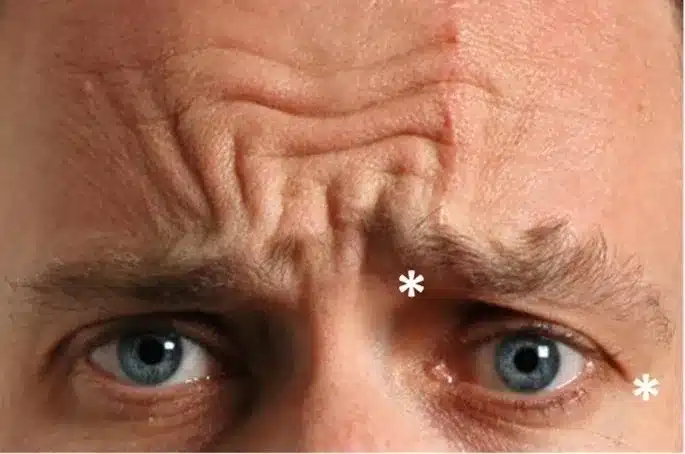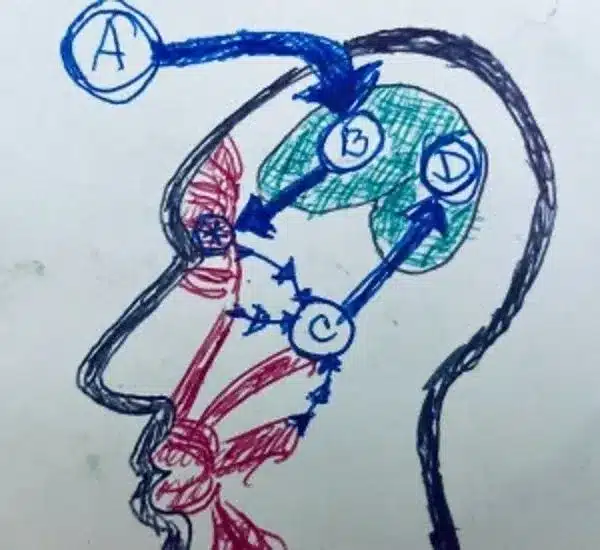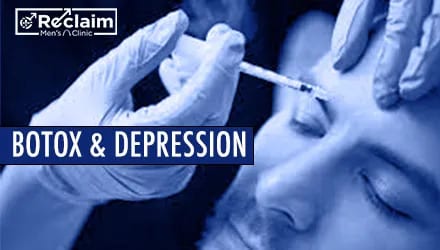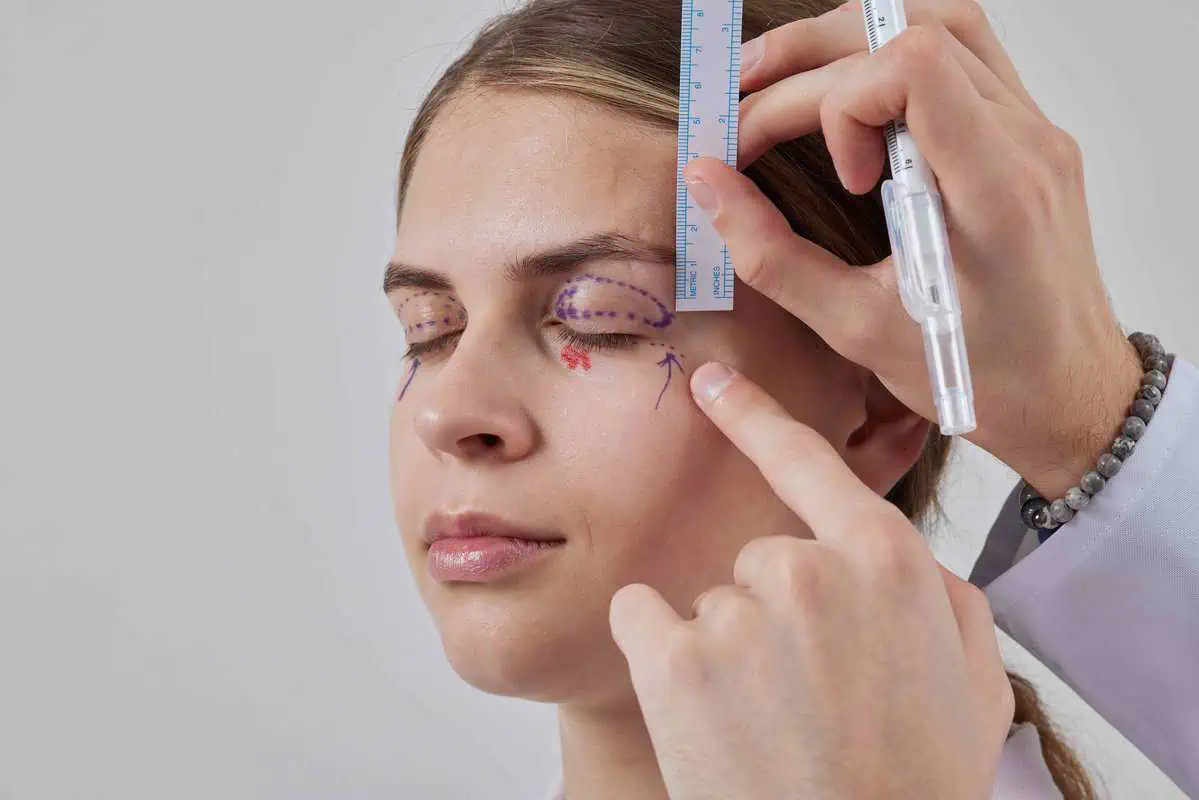I was recently asked if it was true that Botox could actually help people feel better? We already know that Botox treatments can help you look better, but did you know that multiple studies have shown that people’s moods tend to improve by relaxing the facial muscles in the forehead through Botox treatments? Let me break this down for you.
Three hundred million people worldwide suffer the physical and emotional distress associated with depression, and according to the World Health Organization, it is the leading cause of disability worldwide.
We know that medication doesn’t always help, and sometimes it takes several modalities to help with depression. One therapy that is often prescribed is walking. Walking three miles a day improves one’s overall health and helps elevate the mood. So, another modality being sought after is using Botox helps to treat depression and sadness.
Recent studies have shown that people’s moods improve after receiving Botox treatments to relax the facial muscles in the forehead. I have often had patients come back to me and say, not only did they look better, but they felt like their mood was elevated after getting a Botox treatment. Below is a high-level explanation of the hypothesis of these studies.
Darwin & Facial Expressions
Charles Darwin described muscles that express depression.

First, there is the omega melancholicum, which is a muscle contraction combination of the corrugators (muscles near your eyes) and the medial part of the frontalis muscles in your forehead. When someone is worried, anxious, or sad, those emotions create the number 11 signs between the eyes, but also this complex of muscles creates a contraction within your forehead, which completes the omega melancholic configuration—it looks like the Greek letter omega.
If you are depressed, you also demonstrate lines called Veraguth’s folds that go from the lateral corner of the eye to the middle of your eyebrow.
When you see someone expressing the omega and/or the folds, you interpret a face that is worried, sad, tearful, afraid, angry, or depressed.
Facial Feedback
Have you ever had someone ask, “Are you okay? Are you upset?”; and you think to yourself, “why does this person think I am upset? I am not upset at all!?” Maybe it was your facial expression that gave them that idea.
It is part of our survival instinct to make subconscious evaluations in milliseconds to assess situations to navigate the world. So, when you have something coming into consciousness, you hear it, you see it, and you think about it; you have this psychological or cognitive information that enters the consciousness and causes what’s called a cold emotion.

As seen on the diagram to the left, when an idea enters the consciousness (illustrated by the, “A arrow”), then the “B arrow” perceives it, and it triggers a response. This response also includes a facial musculature activation. Those muscles described above are the main ones that are triggered. The nerves sense that the muscles have been moved (illustrated by C) and sends back information to the brain the facial muscle signals, the emotional brain (illustrated by D), or emotional proprioception. If this information continues to come into your consciousness, it creates a loop, and then the cold emotion grows into a warm emotion that your full body will begin to respond to.
Facial Feedback Hypothesis – How Botox Can Help
Let’s consider this situation.
You HAVE NOT visited Reclaim Men’s Clinic for a Botox/neuromodulator treatment yet. You have light to moderate wrinkles in the center forehead. It’s nothing you consider “major” or just consider it natural aging. Anytime, no matter how you feel, when you see your reflection, your subconsciousness sees the contractions within your facial muscles that trigger a perception of worried, sad, tearful, afraid, angry, or depressed. Your brain continues to correct this perception, but if the loop continues, there may be a “warming” of that emotion. It could be a small emotional response, but small emotional reactions have the power to grow and impact us just as large emotional responses do.
Now consider this.
You HAVE visited Reclaim Men’s Clinic for a Botox/neuromodulator treatment on your forehead. Your facial muscles are smoother. Now whenever you see your reflection, your subconsciousness DOESN’T subconsciously perceive worried, sad, tearful, afraid, angry, or depressed. Rather subconsciously, your brain perceives happiness, confidence, and calm, providing you with positive emotional feedback. You are subjected less to negative subconscious triggers which impact your overall emotion and mood.
Summary
When Botox is used in the corrugators, not only do the facial muscles not react to enhance the cold emotions into warm emotions, but the feedback loop is broken.
Additionally, there continue to be signals from the face (with Botox use in the corrugators) causing calm and happiness–not only blocking the negative feedback but also (by keeping the corrugators relaxed) providing continuing feeding emotional proprioception of peace!
So, the brain may first perceive “sad” (A in the diagram), but C keeps telling the brain, “No, you are not sad, you are at peace; you are calm; you are not afraid; you are not angry.
And that’s what Botox does for you. At least, that is the facial hypothesis.
So, if you are interested in receiving Botox or a neuromodulator to improve your symptoms of depression, please book an appointment or call the office at (314) 310-2068.










